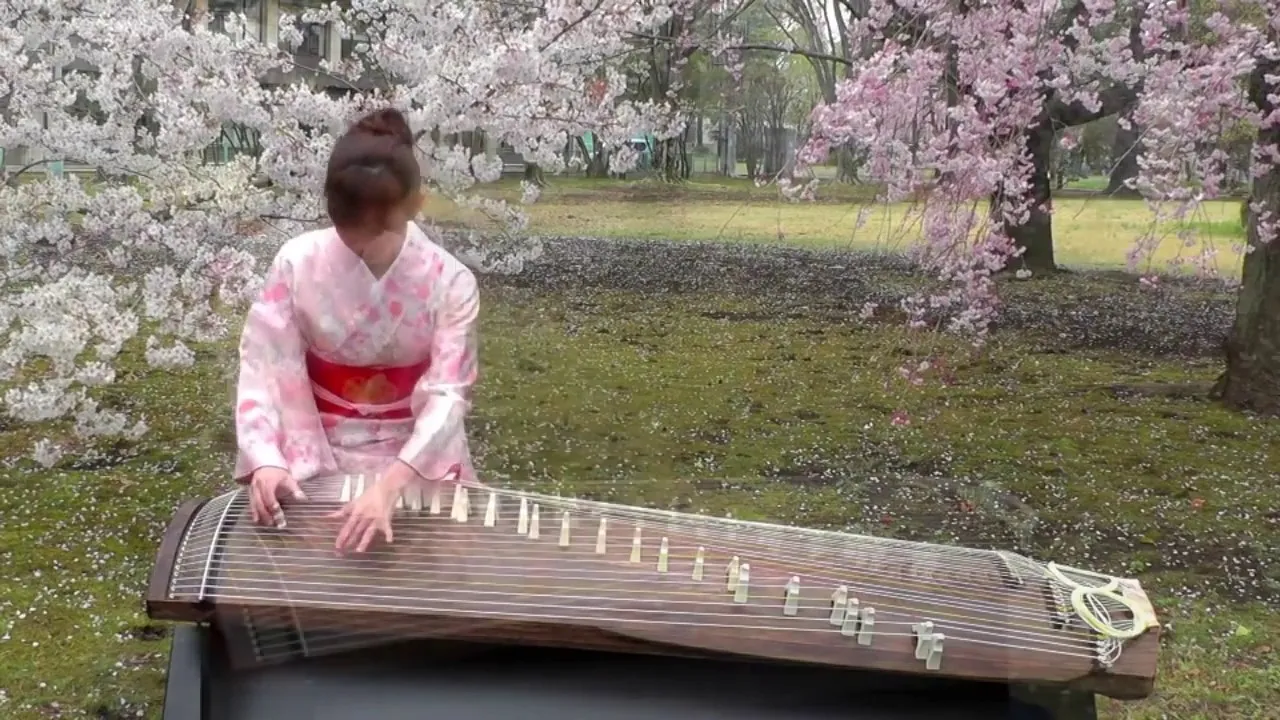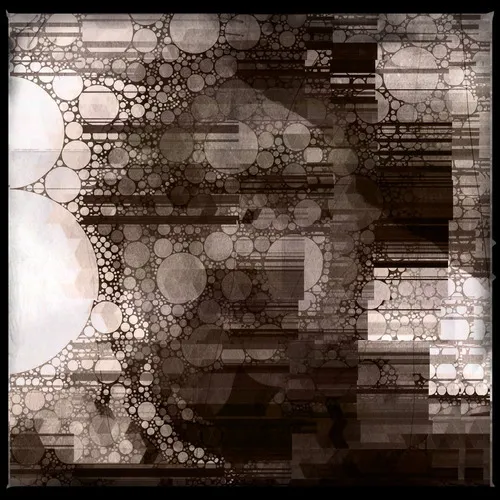This is from a cool series NHK did some years ago where they recruited top players of various Japanese traditional instruments and gave them a Western song to play. They called it NHK Blends. Luckily for us, some people have uploaded various bits of the series to YouTube. I thought we might look at a few of them, and maybe I can give a few more details that will help you enjoy them more.
Here's one of them.
If you can't wait, scroll down for a video of them playing Misirlou (yes, that song from Pulp Fiction). But before we get there, let's look at the instruments featured in this video: the kokyū (胡弓) and the nijugogen koto (二十五絃箏)

The kokyū is an interesting instrument. It is related to the shamisen. The horsetail loosely-strung bow allows it to play multiple notes at the same time (multiphonic playing), giving it a unique sound. It has appeared in Western blues and jazz music.

The Koto (箏) is a 13-string plucking instrument. I'm sure if you think of traditional Japanese music, the koto is probably what appears in your head. The nijigogen-koto (二十五絃箏) is a 25-string koto which gives an even fuller sound. It has appeared in Western rock, most notably in some David Bowie songs.
As mentioned above, they are playing Misirlou. Most of you probably know this as "The Pulp Fiction song", but it's actually an old folk song from the Ottoman Empire. No one knows exactly where in the empire it came from, but it's been claimed by the Arabs, Greeks, and Jews. In modern times it's been popular since the 1920s, first only in ethnic communities, but then it (strangely) became known as a surfer song and held that association until it appeared in Pulp Fiction. I don't know who this Jean Pierre Danel the video credits the song to. Perhaps he is the guy who arranged this version of it.
So here you go, an Ottoman song, popularized by surfer music and a gangster film, and played by Japanese traditional instruments. Truly a fusion of music!
The shrine they are playing at, by the way, is one of the more famous shrines in Kyoto: Kamigamo Shrine (上賀茂神社). The video names it Kamo-wake-ikazuchi Shrine (賀茂別雷神社), but that is the formal name and not as common as Kamigamo Shrine.
Anyway—thoughts?
❦
 |
David LaSpina is an American photographer and translator lost in Japan, trying to capture the beauty of this country one photo at a time and searching for the perfect haiku. |
If this blog post has entertained or helped you, please follow/upvote/reblog. If you want to further support my writing, donations are welcome.
